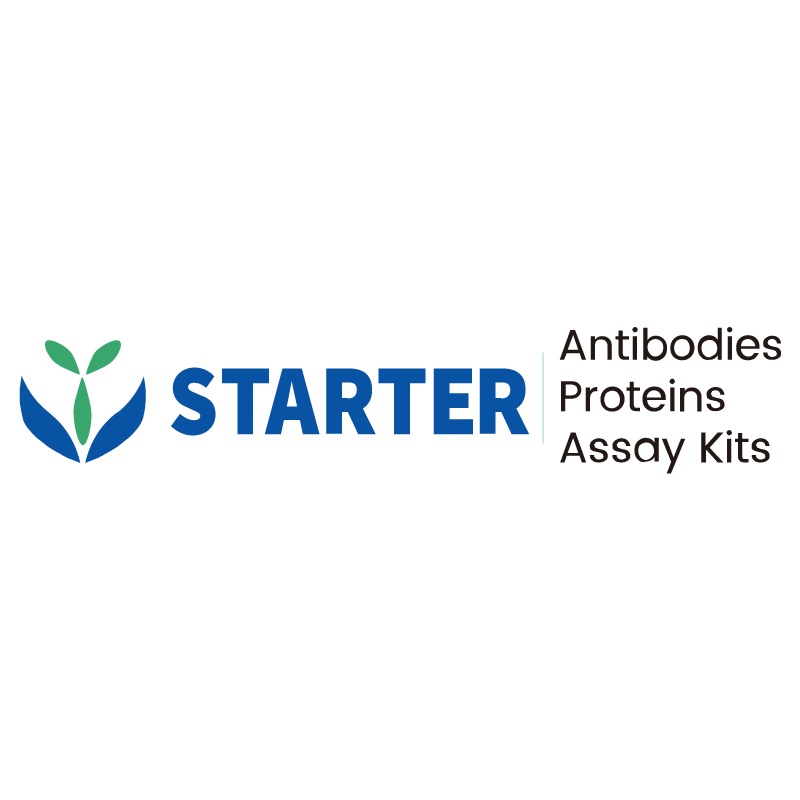WB result of ALK Recombinant Rabbit mAb
Primary antibody: ALK Recombinant Rabbit mAb at 1/1000 dilution
Lane 1: SH-SY5Y whole cell lysate 20 µg
Lane 2: IMR-32 whole cell lysate 20 µg
Secondary antibody: Goat Anti- rabbit IgG, (H+L), HRP conjugated at 1/10000 dilution
Predicted MW: 176 kDa
Observed MW: 120-260 kDa
Product Details
Product Details
Product Specification
| Host | Rabbit |
| Antigen | ALK |
| Synonyms | ALK tyrosine kinase receptor; Anaplastic lymphoma kinase; CD246 |
| Location | Cell membrane |
| Accession | Q9UM73 |
| Clone Number | SDT-3284 |
| Antibody Type | Recombinant mAb |
| Isotype | IgG |
| Application | WB, IHC-P |
| Reactivity | Hu |
| Positive Sample | SH-SY5Y, IMR-32 |
| Purification | Protein A |
| Concentration | 0.5 mg/ml |
| Conjugation | Unconjugated |
| Physical Appearance | Liquid |
| Storage Buffer | PBS, 40% Glycerol, 0.05% BSA, 0.03% Proclin 300 |
| Stability & Storage | 12 months from date of receipt / reconstitution, -20 °C as supplied |
Dilution
| application | dilution | species |
| WB | 1:1000 | Hu |
| IHC-P | 1:250 | Hu |
Background
Anaplastic lymphoma kinase (ALK), also designated CD246, is a single-pass transmembrane receptor tyrosine kinase of the insulin-receptor superfamily that is normally expressed at highest levels in the developing and adult nervous system, where it regulates neuronal differentiation, axon guidance and cognition; the 1620-aa glycoprotein presents an N-terminal extracellular region containing two MAM domains and an LDL-A module for ligand binding, a single hydrophobic transmembrane segment and a C-terminal cytoplasmic kinase domain that, upon ligand-induced dimerization, undergoes trans-autophosphorylation and triggers RAS–MAPK, PI3K–AKT and JAK–STAT signaling cascades controlling cell proliferation and survival. Chromosomal translocations (most famously t(2;5)(p23;q35) producing NPM1–ALK), inversions (EML4–ALK in non-small-cell lung cancer) or activating point mutations cause constitutive kinase activity, driving malignant transformation in anaplastic large-cell lymphoma, subsets of NSCLC, neuroblastoma and inflammatory myofibroblastoma, making the oncoprotein a validated therapeutic target for small-molecule inhibitors such as crizotinib, alectinib and lorlatinib.
Picture
Picture
Western Blot


